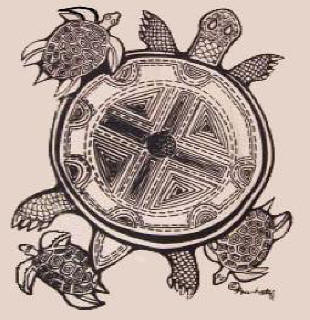 |
LITR 4231 Early American
Literature Research Posts 2014 (research post assignment) Research Post 1 |
 |
Isabella Nunez
John Smith: Captivity Victim or Hero?
When I first began researching the topic of captivity narratives it was becoming
apparent that colonial captives were usually, but not always, adult, white
women. In class we discussed both Mary Jemison and Mary Rowlandson. However, we
were also introduced to John Smith and his narrative of Powhatan and Pocahontas.
Everyone knows the story of Smith and Pocahontas: the romantic tale of a hero,
illustrated in Disney film nonetheless. John Smith’s tale, however, was very
much a captivity narrative, comparable to the likes of Mary Jemison or even
slave narratives. There is a unique dichotomy between the two when they are
inherently two very similar situations. Why then, is his story often
dismissed as a tale of heroics and romanticism? Was John Smith truly as much a
victim as Jemison or Rowlandson? Or rather, does he choose not to portray
himself in such a way in his writings?
Throughout my general research of captivity narratives, most scholarly journals
first list Indian captivity narratives and follow up with slave narratives. The
general pattern in most of these texts is to introduce the most popular
narratives of that era: Jemison and Rowlandson. Few mention John Smith and if
they do, it is brief. It is apparent that John Smith’s writings do not capture
the same themes found in women’s or even slave captivity narratives with as much
tragedy or oppressiveness. Instead, rather emotionless, Smith describes his
captivity in the third person, while also making himself out to be a character
of much resilience and heroics. It seems as though the tragic and heartfelt
themes of popular captivity narratives are what make them so prevalent.
One blatantly obvious difference between Smith’s narrative and that of Jemison
or Rowlandson is gender. One can agree that women in the Puritan era were
regarded as delicate and submissive. They were virtuous and committed to
housework. Because of their roles in Puritan society, women captives saw their
captivity as even more of a prison because they were unable to fulfill their
duties.
I have found that most scholars agree, it is hard to decipher fact from fiction
when it comes to Smith’s writings. Discrepancies in dates and facts make some of
what Smith writes questionable, leaving historians to fill in the blanks. Smith
was without a doubt, captured by Powhatan. What remains debatable are Powhatan’s
true motives: Was he trying to capture Smith with true intentions to kill him or
were his reasons much more innocent, such as to learn English and/or trade with
the Englishmen with Smith’s help? This is what differentiates Smith’s narrative
from that of Jemison and Rowlandson or other captivity narratives of that time.
Most capturers had much more sinister intentions for their captives, such as for
ransom or slavery.
Through my research, I have concluded that most questions are still up for
debate. It is hard to interpret Smith’s writings as concrete fact or embellished
fiction. He was definitely held captive, but I am still uncertain whether he was
as much of a victim as women captives, or the hero that legend (as well as he
himself) builds him up to be.
Works Cited
Degen, P. (n.d.). Smith, pocahontas, and powhatan. Retrieved from
http://smith.npschesapeakebay.net/native-americans/indians-smith/smith-powhatan-pocahontas
White, Craig. “A General History of Virginia (1624)”. <http://coursesite.uhcl.edu/HSH/Whitec/LITR/4231/
>. n.d. Web. 27 March 2012.
Hawkes, S. (n.d.). Retrieved from
http://www.ushistoryscene.com/uncategorized/captivitynarratives/
(n.d.). Retrieved from http://en.wikipedia.org/wiki/John_Smith_(explorer)
|
|
|
|


